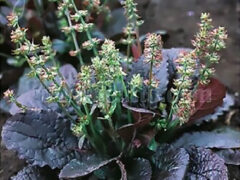
‘Purple Knockout’ lyre-leaved salvia
Salvia lyrata ‘Purple Knockout’
A gorgeous selection of a native grown for the striking dark purple foliage which forms … Continued
 Hummingbirds, bees and butterflies are well-known pollinators, but there are thousands of unsung pollinator heroes, including moths, wasps, flies, and beetles, many mammals, birds, and reptiles, who also take on the job.
Hummingbirds, bees and butterflies are well-known pollinators, but there are thousands of unsung pollinator heroes, including moths, wasps, flies, and beetles, many mammals, birds, and reptiles, who also take on the job.
Pollinators move from plant to plant, fueling up with pollen and nectar from blooming trees, shrubs, perennials, annuals, vegetable plants, and herbs. As they move, the pollinators transport and deposit pollen, fertilizing plants and allowing them to reproduce.
Pollinator plants can be native and non-native, but not all flowering plants are equal when it comes to providing the highest quality protein-rich pollen. Many hybrids don’t even produce pollen at all. The following list includes pollen-rich plants to include in your garden to provide pollinators with food.
Local butterfly expert Lenora Larson has created these informational handouts. You can download them here!
• Butterflies: Flying Flowers in your Garden!
• A Vital Connection: Native Plants and Butterflies
• Long Lips Farm Caterpillar Foodplants
• Butterfly Bartending: Nectar Flowers
• Long Lips Farm: Selected Butterfly Nectar Flowers
• Bee Friendly: Plants for Bees and Other Pollinators
Since 1970 the population of North American birds has dropped nearly 30% — almost three billion birds have vanished from our forests, grasslands, and backyards in less than a human lifetime. It’s a chilling fact that makes it clear that we must act as individuals to help ensure their survival.
Most importantly, ninety-six percent of all terrestrial bird species rear their young on insects so it is also important to grow plants that feed insects to provide a well-rounded habitat in your garden.
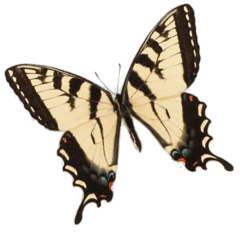

Salvia lyrata ‘Purple Knockout’
A gorgeous selection of a native grown for the striking dark purple foliage which forms … Continued
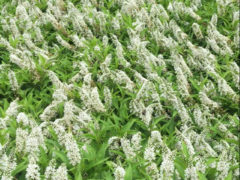
Lysimachia clethroides
Arching spikes of white flowers have a graceful crook that gives them the look of … Continued

Lysimachia punctata ‘Alexander’
Golden yellow flower spikes 24-36″ tall on hardy, easy care perennials with pretty green and … Continued
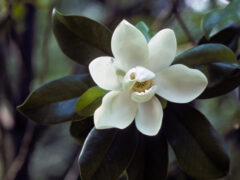
Magnolia virginiana
Sweet Bay comes from a cooler, northern range and blooms later avoiding late frost damage … Continued
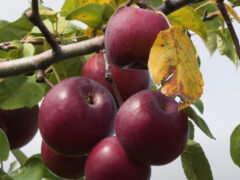
Malus domestica
Semi-dwarf and dwarf apple trees can grow from 8 to 15 feet tall and produce … Continued
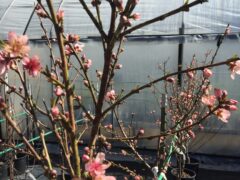
Malus hybrids
A genus of about 35 species of deciduous trees and shrubs from Europe, Asia and … Continued
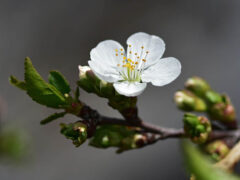
Malus ioensis
This small native tree has spreading branches and a broad, open crown and sometimes grows … Continued
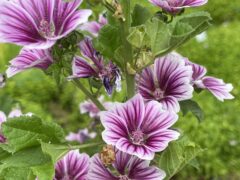
Malva sylvestris 'Zebrina'
A super tough perennial with soft pink flowers lined striking, raspberry-purple veins. 2″, bowl-shaped blooms … Continued
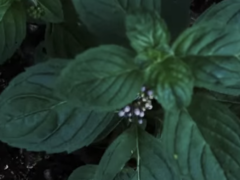
Mentha arvensis
Tiered clusters of small white flowers open along stems in summer and continue through fall, … Continued
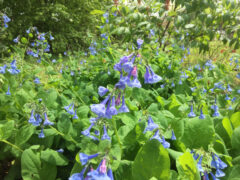
Mertensia virginica
Clusters of trumpet-shaped blue flowers open in early spring. Flower buds are pink and emerge … Continued
Lilium michiganense
Michigan Lily naturalizes well and comes back year after year. Wet soil tolerant.